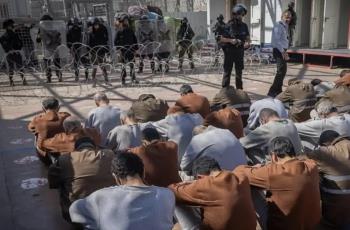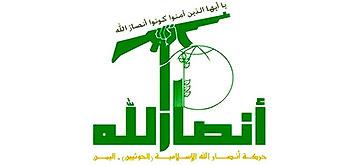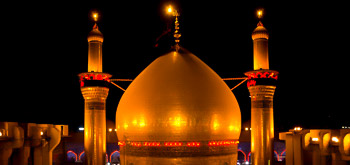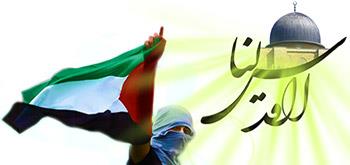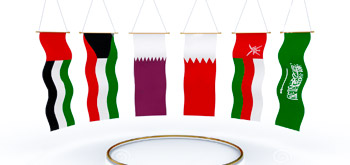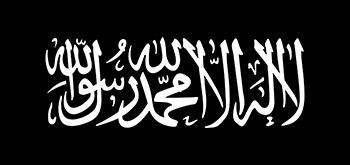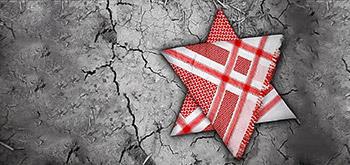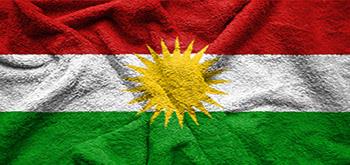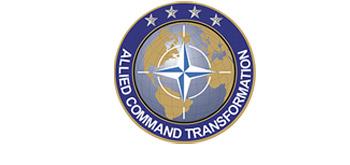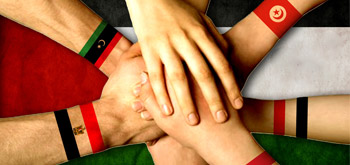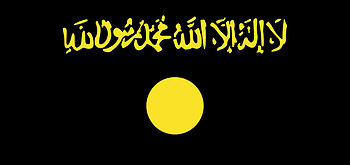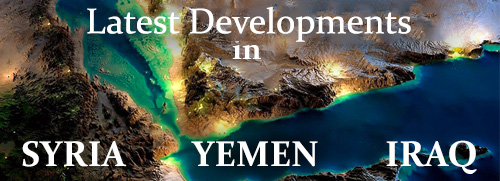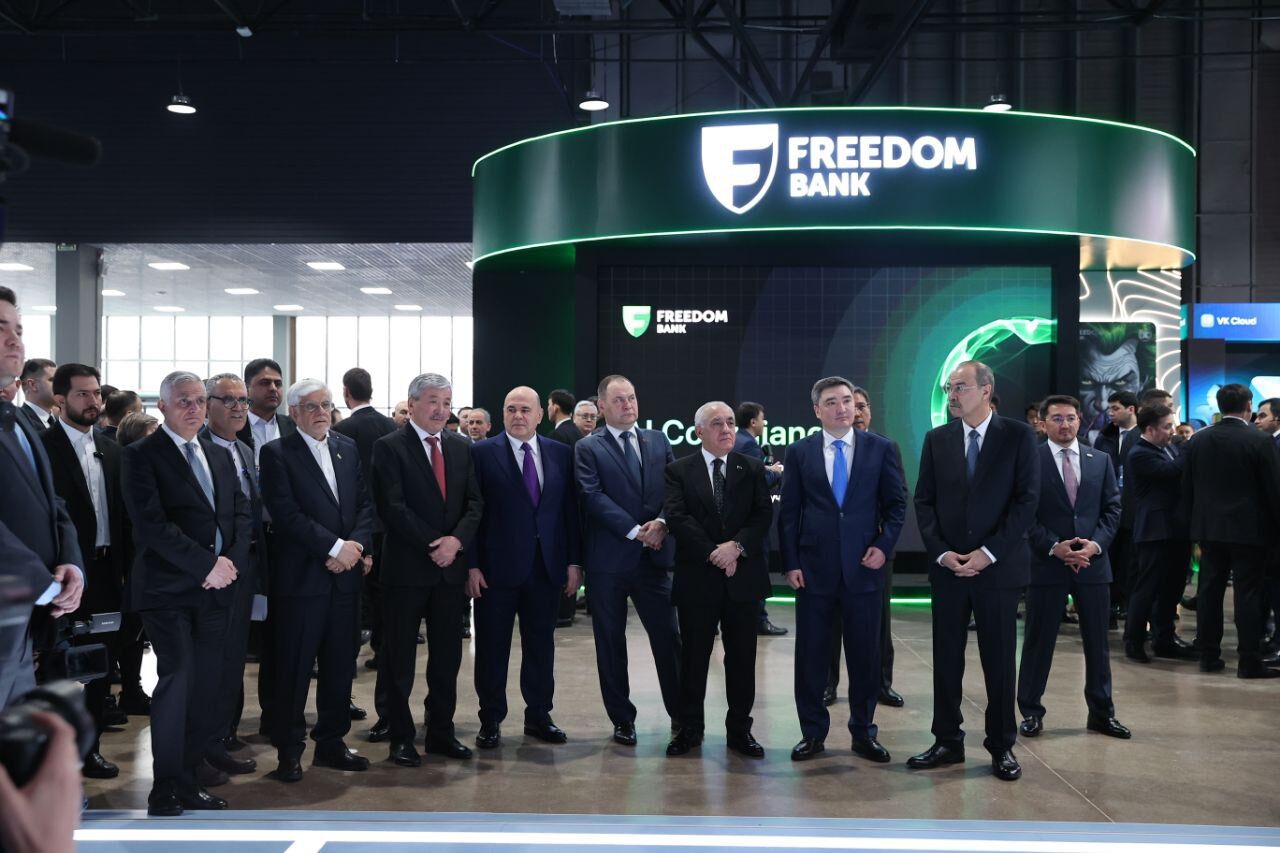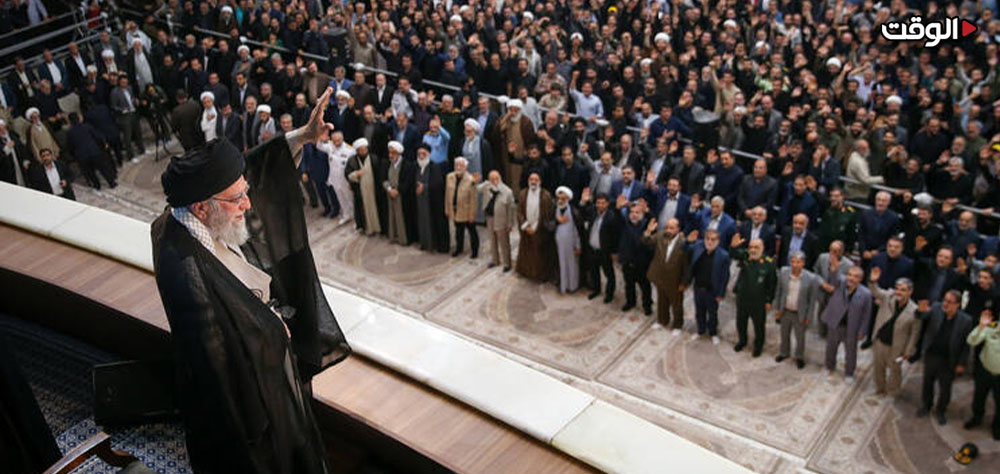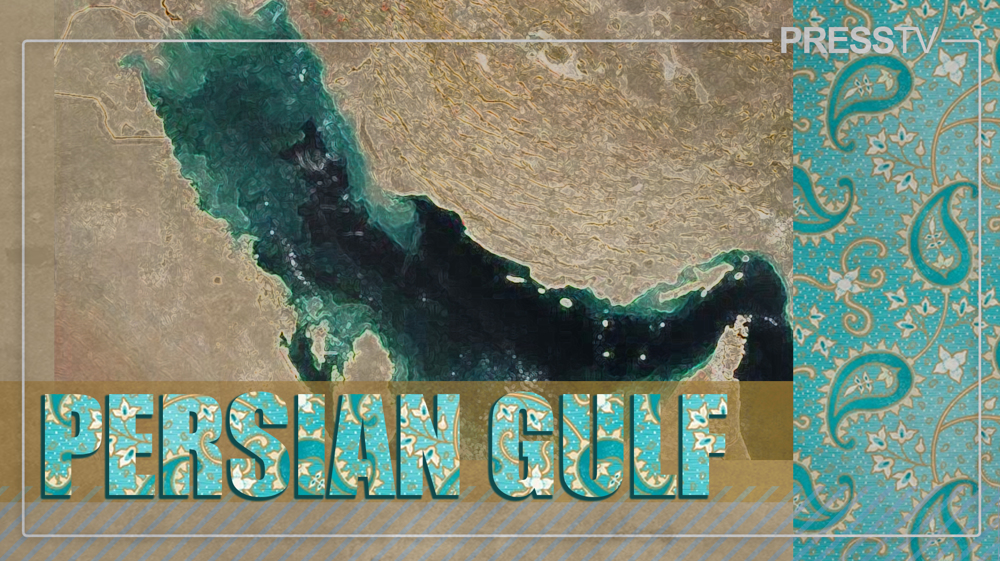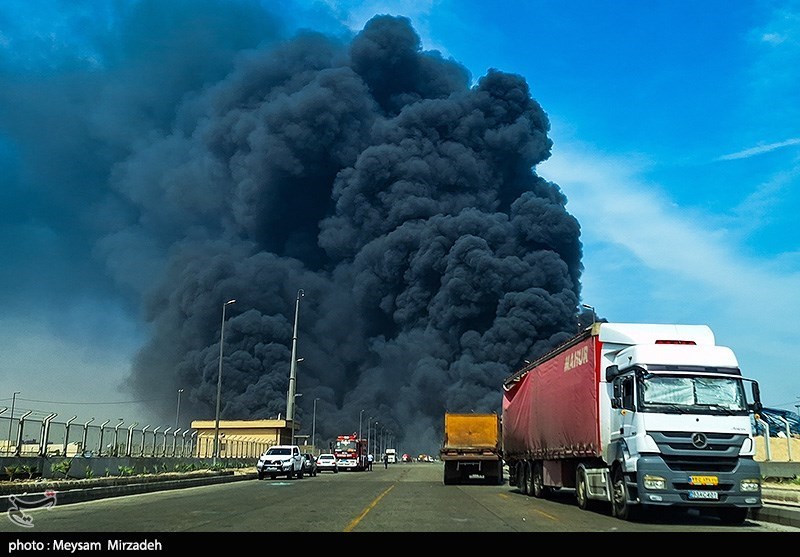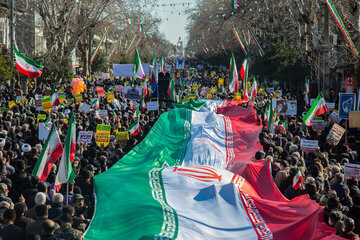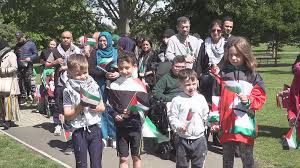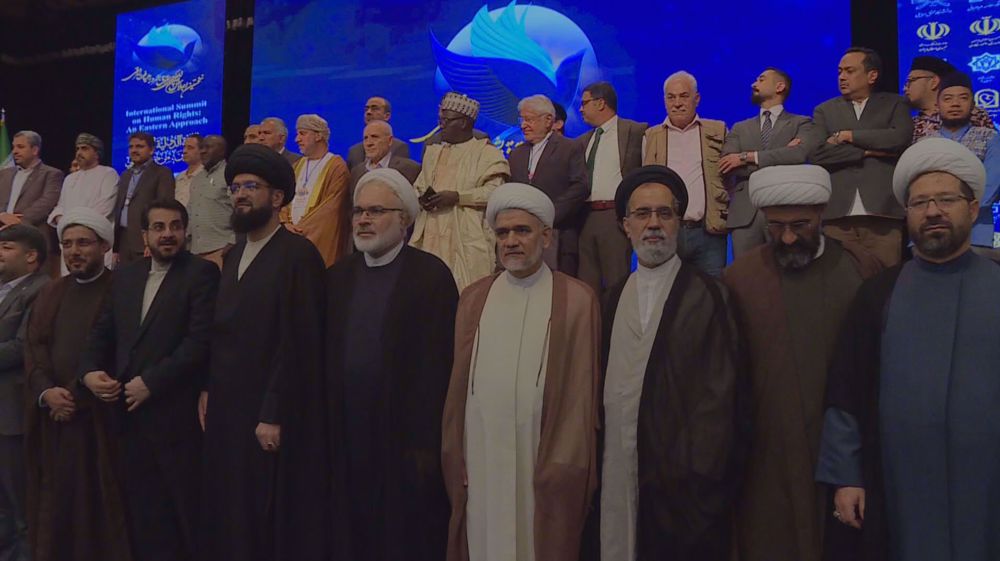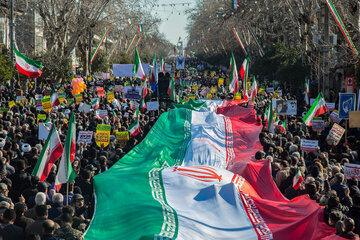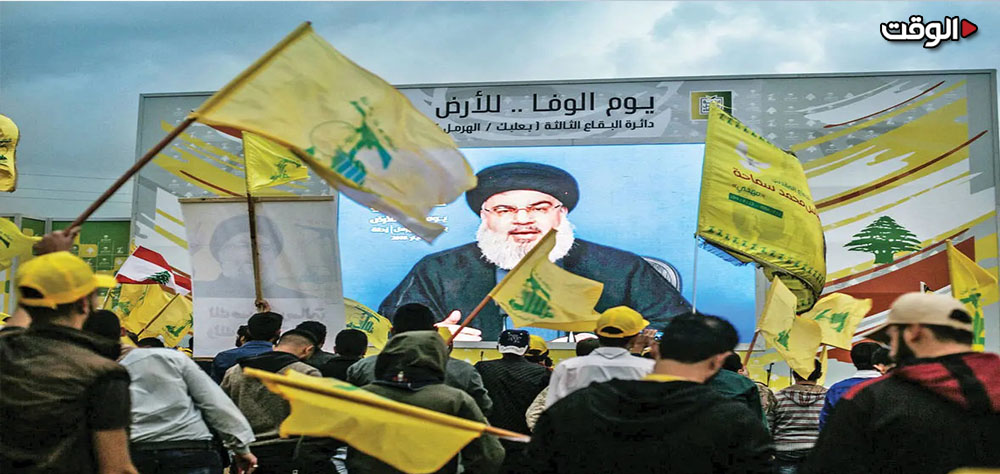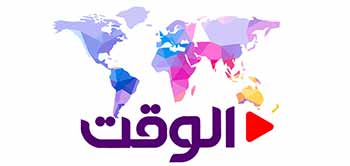Alwaght- In recent years, Iran has seriously pursued accession to regional and international economic blocs and organizations.
One of these blocs is the Eurasian Economic Union (EAEU) that in recent years has worked to improve its position in the world trade. For further coordination, the prime ministers of the bloc on Thursday gathered in Akmati, Kazakhstan to discuss boosting cooperation at all levels.
The meeting shed light on economic issues, special focus on high-tech and AI, and the need for interactions among the member states.
Representing Iran at the meeting, Iran's Vice President Mohammad Reza Aref emphasized the expansion of cooperation in the fields of energy, new technologies, and cargo transportation with countries in the region. Aref, who was speaking for the first time as the representative of Iran as an observer country at the meeting, stated: “Iran is ready to support trade interactions within the framework of the free trade them, in addition to establishing the Iran-Eurasian Economic Union corridor and providing the necessary facilities to facilitate trade among the six-member bloc in order to strengthen the transit capacities of southern ports in the Persian Gulf and the Sea of Oman to connect landlocked member countries of the union to global markets.”
EAEU's economic capacities
Founded in 2015, the EAEU is an economic bloc comprised of Russia, Kazakhstan, Belarus, Armenia, and Kyrgyzstan, and Iran recently was approved as its observer member. This bloc has various capacities in different economic areas and its members can meet part of their needs using these capacities.
The member states of the union have a population of over 200 million, an area of over 20 million square kilometers, and GDP estimated at around $3 trillion per year. As figures suggest, the EAEU's trade volume with countries around the world is around $850 billion, of which $331 billion is related to imports.
Additionally, the members enjoy huge energy resources including oil, gas, coal, and precious metals, with Russia and Kazakhstan known as the region's leading oil and gas producers. These resources, whose significance is increasing day by day in global economy, can profoundly contribute to enhancing the union's position.
EAEU's geographical location also makes it a key transit route for goods between Europe and Asia, which is particularly important in the context of projects such as China's Belt and Road Initiative (RBI).
The union has a high potential in agriculture, especially in the production of grains, dairy products, and meat. Also, Manufacturing industries, including heavy and light industries in member countries constitute an important part of their economies.
Although the bloc relies more on natural resources, it also invests in technology and innovation. These potentials make the EAEU a major player in the global economy and provide many opportunities for international cooperation.
The opportunities accession brings to Iran
Since Iran is set to be a member of this union, this cooperation is of benefits to Tehran.
According to the free trade agreement signed between Iran and the EAEU, Iran has received special customs privileges and the countries of this union will have the opportunity to increase the volume of their exports to Iran by 75 percent.
Iran can also increase its exports to the five member countries by several times. These privileges include 502 different items of goods in the fields of food, chemical consumables, construction materials, technical and engineering services, industrial products and agricultural products from the bloc and 360 items of goods in the same areas from Iran. Thus, Iranian state and private companies can export their goods to the member countries of the union under easy conditions and with much lower customs duties.
Indeed, decrease or elimination of trade tariffs between Iran and the union countries will cut the trade costs considerably and this issue helps boost competitiveness of Iranian goods in regional markets.
According to Iranian customs statistics, the value of Iran's foreign trade with EAEU member states has reached $2.704 billion since the beginning of this Persian year (March) through to December. The value of Iran's exports to Eurasian countries is about $1.5, which shows a 20.79 percent growth compared to the same period in the year before.
At least 80 percent of Eurasian exports to Iran are agricultural products, especially grains, and 68 percent of Iranian exports to the bloc are agricultural products, especially fruits and nuts. Therefore, Iran's access to this large market, in addition to strengthening bilateral economic and trade relations, can also create new job opportunities inside Iran and bring further incomes.
Furthermore, with its rich energy resources, Iran can play a key role in oil and gas supplying to the member states. According to agreements reached two years ago, Iran transfers Turkmenistan gas to Azerbaijan and this project can make a prelude to transfer of goods using railways and roads between Iran and Central Asia and Caucasus. Also, Joint projects like pipelines and power swapping can create new investment opportunities.
Another important point is that Iran works as a key transit route connecting Central Asia, Caucasus, and Russia to the Persian Gulf.
Developing the North-South Corridor and the East-West Corridor can increase Iran's transit revenues, and by developing infrastructure and increasing the transportation of goods, Iran can become a trade hub in the region.
Having in mind that Iran and the Eurasian countries are the only regions located along the North-South and East-West Corridors, it is expected that increasing economic interactions between members will not only lead to Iran's economic prosperity, but also will enhance its geopolitical position globally.
Expansion of transportation among the members sweeps through national borders and pushes them to further economic convergence, something materialized in the EU.
Experts suggest that EAEU provides Iran with opportunities for joint investment in the industrial, agricultural, and technological sectors, and cooperation in the development of petrochemical, automotive, pharmaceutical, and industrial equipment industries can bring many benefits to the Iranian economy.
Given the Western sanctions against Iran, cooperation with the union would create a balance in Iran's economic relations with other members to largely neutralize the impacts of the sanctions. Since the plan to de-dollarize bilateral trade and interact with a common currency is on the agenda of the member states, if such a plan is realized, it could release trade from under the yoke of dollar's monopoly, which would benefit all member states, especially Iran whose dollar transactions are a tough way because of the Western sanctions.
Additionally, boosting trade with EAEU states that helps develop Iranian non-oil exports can relieve Iran to some extent from single-product state of economy and dependence on oil revenuess and provide a proper opportunity to the country to diversify its economy.
Participation in IT projects, digitalization, and scientific research that were under focus in Akmati summit allows for exchange of experience and high-tech in various industries. Since Iran in recent years has become a leading country in new technologies, the EAEU countries can take advantage of Iranian capacities in this sector.


